The Golden Age of Thick Plastic Eyeglasses – and its end…
One of my favorite periods of 20th Century style occurred from the later 1950s through the mid 1960s. Men’s fashion especially was crisp, sleek and modern. It was the heyday of strong acetate eyeglass frames.
The Dave Brubeck Quartet was archetypal of the era. They achieved thorough harmony with this period both musically and visually. They played a form of jazz sophisticated enough to appeal to critics yet unchallenging enough to allow them to sell a ton of records. Best of all they all wore eyeglasses.
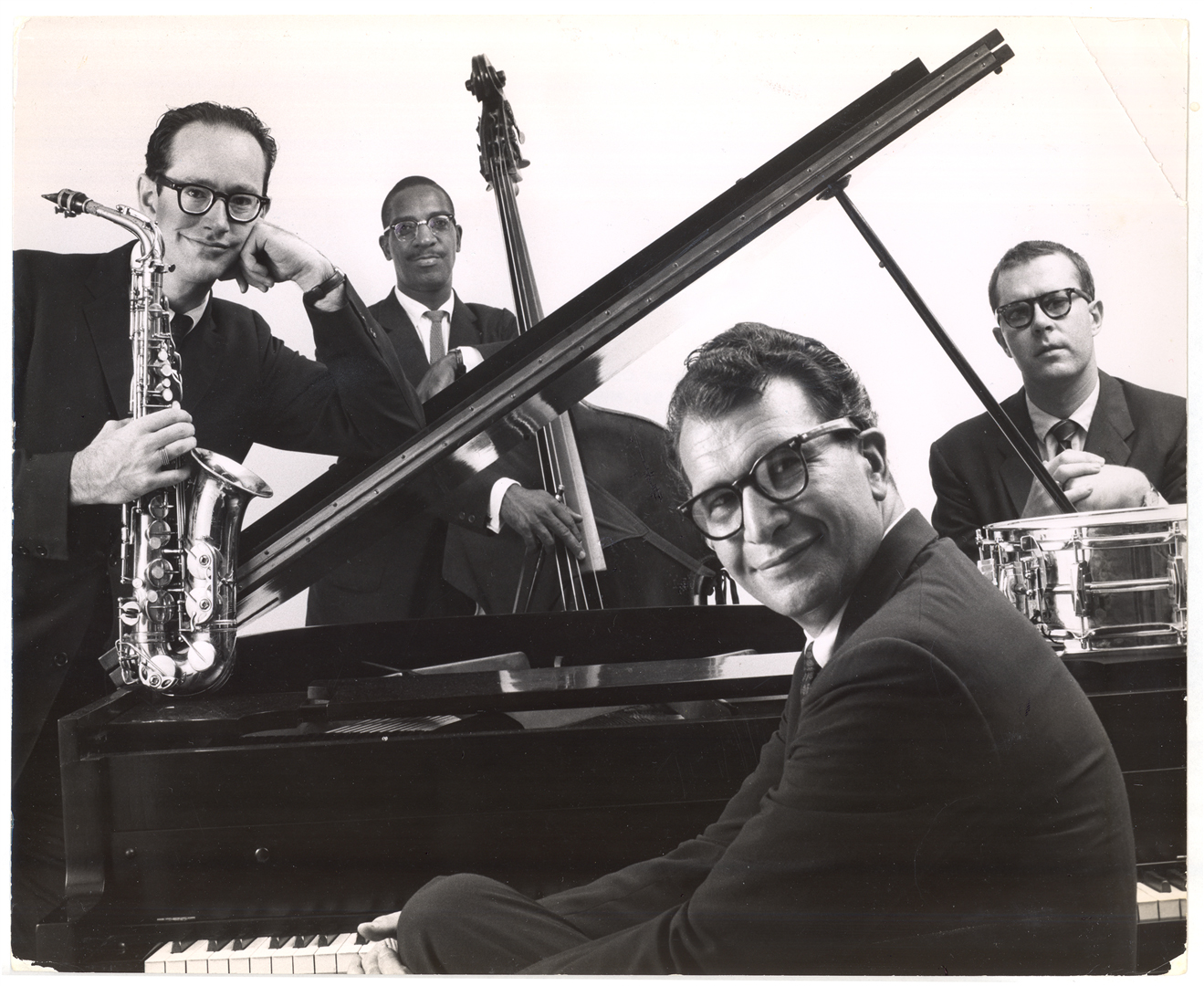
From left: Paul Desmond, Eugene Wright, Dave Brubeck and Joe Morello. The Dave Brubeck Quartet, all in eyeglasses.
Meanwhile an alternative strain of American Rock and Roll had been cultivated in England and reintroduced to the U.S. Although the fashion it represented was beginning to vector outside the box, it too stayed crisp and modern for a while.
Manfred Mann was a band that took its name from its keyboardist. They were one of the few cutting edge rock bands in which more than one member sported glasses. They were basically jazz musicians but they adapted themselves well to the then-prevailing trend of R&B based rock.
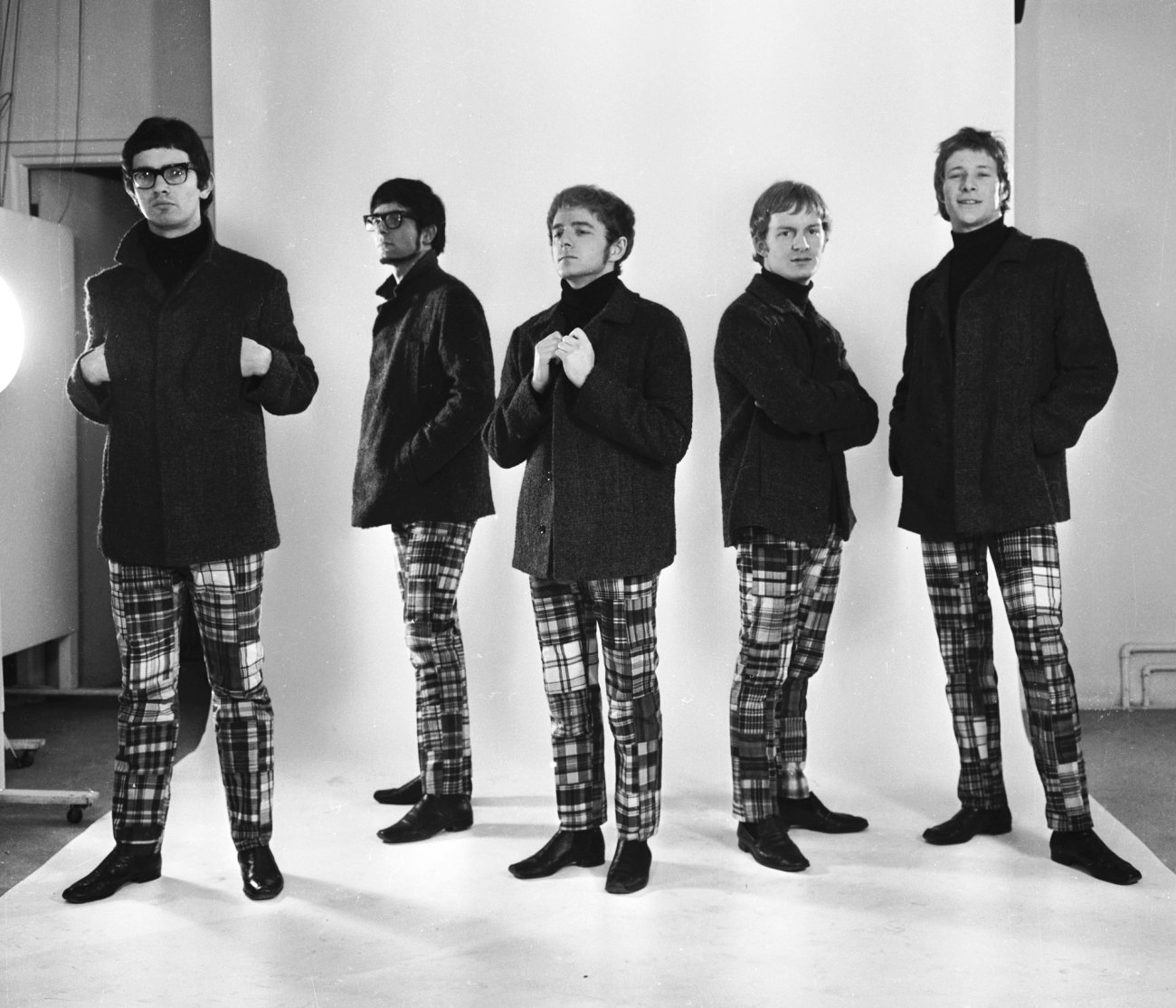
Tom McGuinness at left and Manfred Mann next to him in eyeglasses. Mike Hugg, Mike Vickers and Paul Jones without eyeglasses.
In a way, musically and sartorially, they were analogous to a pivot between Brubeck before them and The Future – different from Brubeck, but more similar to Brubeck than what was coming next. Within a couple years of when this photo was taken real hippies began appearing and everything would get shaken up.
So why did the hippy era signify the fall of the acetate frame from fashion?
Beyond simple reaction against the styles and sensibilities of the 1950s… Acetate frames with panto hinges were crisp and angular. Crisp angularity just didn’t go well, conceptually or aesthetically, with the later 1960s or 1970s.

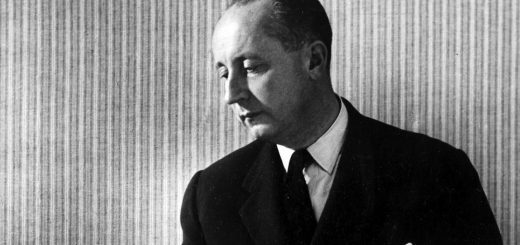
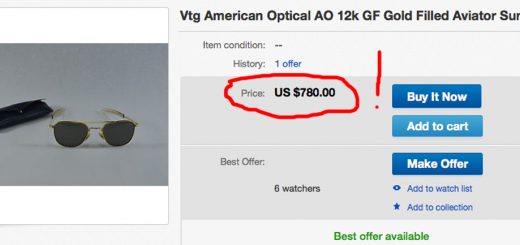
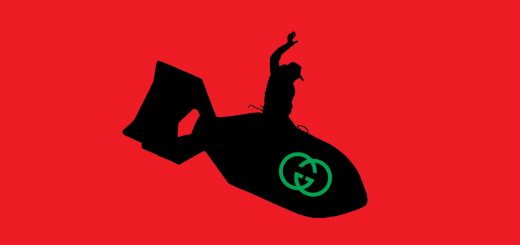
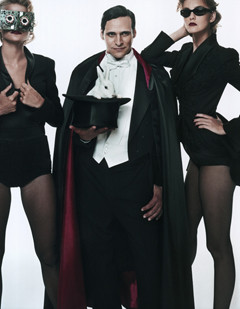
Awesome!
Thank you. 🙂